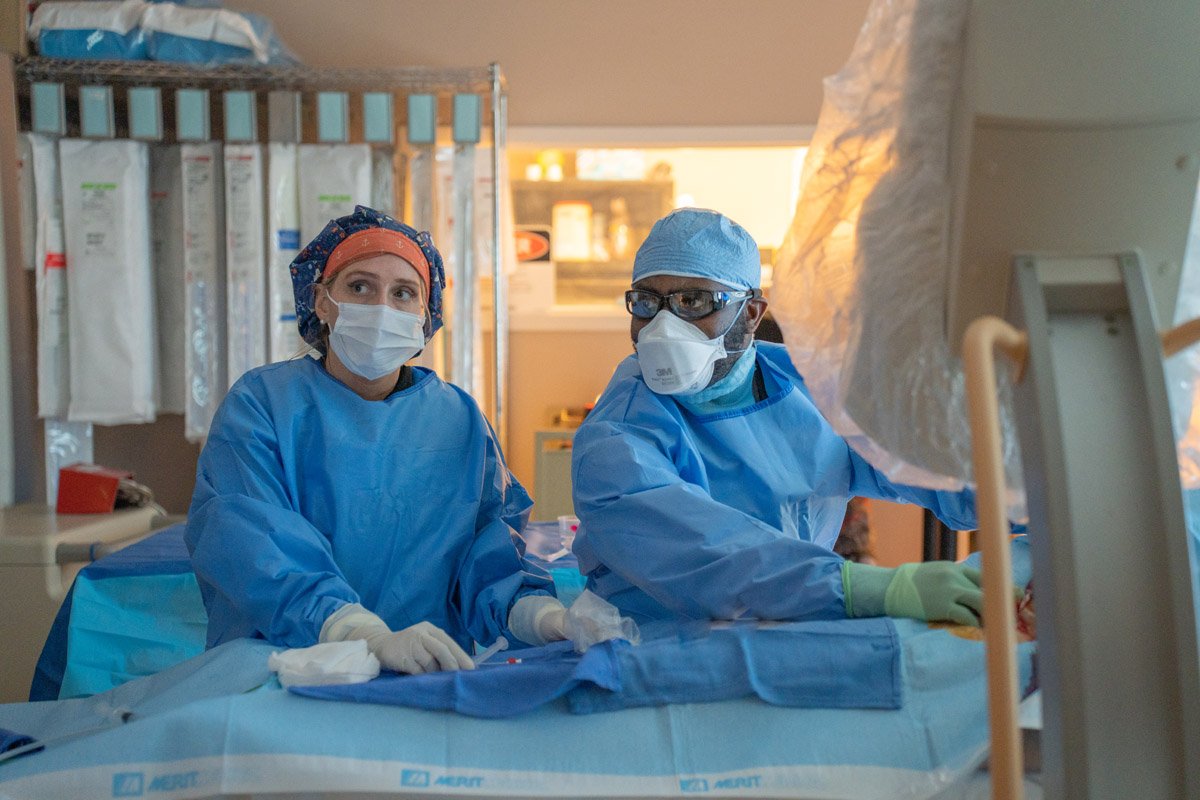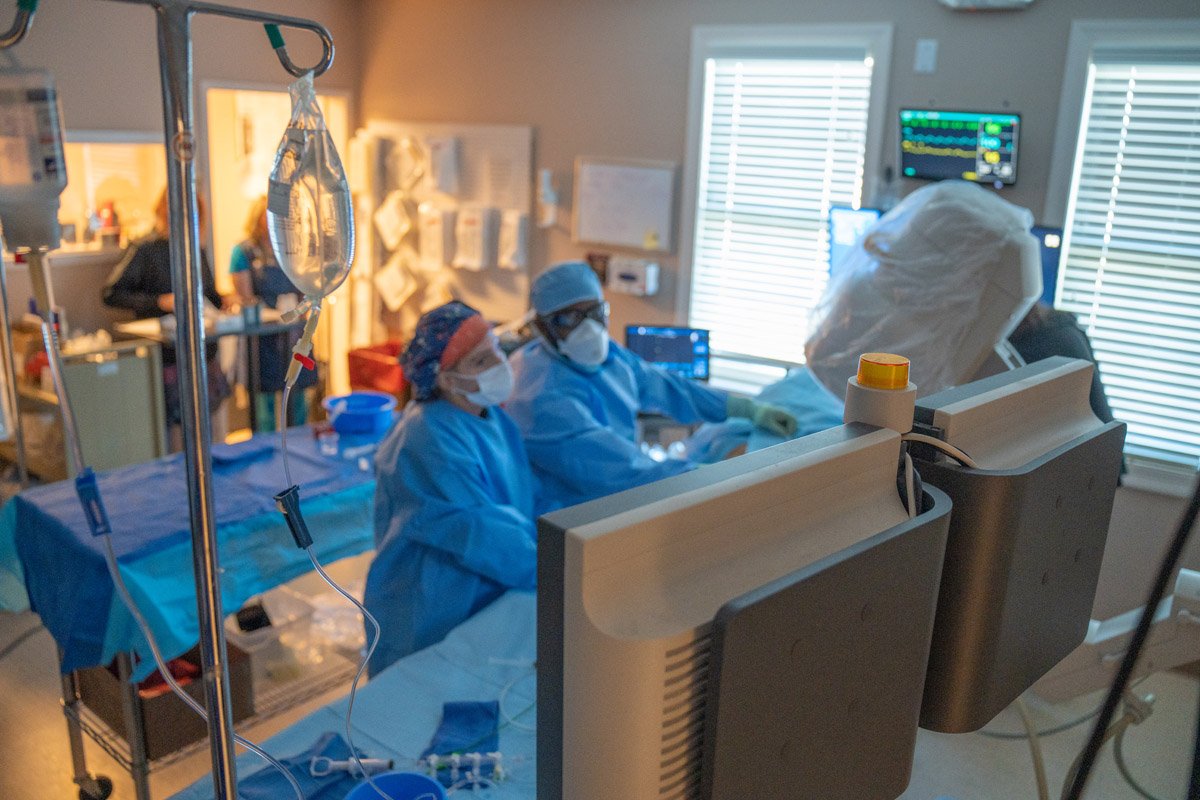
Vascular Lab
Discharge Instructions
No lifting over 10lbs for one week. Avoid pushing and pulling for 48 hours.
You may drive tomorrow unless you are told otherwise by physician.
Remove the dressing the day after your procedure. You may clean with soap and water. Keep the puncture site clean and dry. No other bandages or ointments are needed.
Do not take a tub bath for one week. You may take a shower as soon as the day of the procedure. Be sure not to submerge the puncture site in water for one week.
It is normal for the puncture site ot be sore and bruised after the procedure.
Observe the puncture site for signs of bleeding, infection, or hematoma (a hard place or knot under the skin at the procedure site that grows quickly)
If bleeding occurs, call 911, lie down somewhere flat, and apply pressure to the puncture site until the ambulance arrives.
If a hematoma occurs, call the clinic if we are available. If not, go to the nearest walk-in clinic for medical assistance.
If an infection occurs, call the clinic if we are available. If not, go to the nearest walk-in clinic for medical assistance.
Be sure to take all your medications as instructed before leaving the clinic. If you have any questions or concerns please call us.
If you are diabetic, please resume all of your diabetic medications unless specifically told otherwise. An exception would be Metformin or any medication containing Metformin and should be held for 2 days after the procedure.
If you were on Coumadin (Warfarin) before your procedure, please resume at the previous dose the day after your procedure. Have your INR checked in one week after resuming your medication.
If you were on Eliquis, Xarelto, or Pradaxa before your procedure, please resume at previous dose two days after the procedure.
Follow a low-fat and low-cholesterol diet. Drink plenty of clear fluids at home. If you smoke, please stop smoking. If you need assistance quitting smoking, please let the doctor or one of the staff know and we will be happy to discuss options with you.
Peripheral Artery Disease (PAD)
What is PAD and Claudication?
PAD is the narrowing or blockage of arteries in the circulatory system throughout the body. PAD occurs in the vessels that supply blood to the arms and legs.
Claudication is cramping or pain in the legs brought on by exercise that is caused by poor blood circulation. This is a common symptom of PAD.
How does walking improve PAD?
When you have PAD, walking can become painful. Due to the discomfort, you will likely begin to walk less; however, walking less actually makes your leg muscles weaker. Once the muscles become weaker, it becomes even harder and more painful to walk. Starting a walking program, will help break that cycle and improve your PAD symptoms. Within 6 weeks, you should notice improvement in the amount of time or distance you are able to walk. In 3-6 months, you should notice maximum improvement in your symptoms.
Keys to Success
Complete 3-5 walking sessions per week.
Aim to complete 60 minutes of walking per session.
Attempt to walk at least 5 minutes before each interval before resting.
Getting Started
Follow these steps during each session.
Step 1: Start at a pace that lets you walk for 5-10 minutes before you start to feel claudication. Continue until moderate to strong leg pain develops. (level 2 on the scale below)
Step 2: Stop and rest until the pain subsides, and then begin to walk again.
Step 3: Walk at a pace that allows you to walk another 5-10 minutes before you feel moderate pain. Once the leg pain reaches moderate level, rest again.
Step 4: Repeat this process for a total time (walking + resting) of 60 minutes.
Description
During rest or early exercise
Onset of pain—just noticeable
More than mild pain but tolerable
Severe pain—barely tolerable
Maximum—I have to stop
Score
0
1
2
3
4
Pain Level
None
Mild
Moderate
Severe
Maximum
Making the most of your walking program.
Find a good place to walk. A treadmill, mall, or even a hallway are good options. Choose a place that you can rest safely and return to your starting point.
Wear sturdy shoes and comfortable clothes.
Be safe. Ifyou experience chest pain, shortness of breath, heart flutters, and/or dizziness, stop exercising and call your physician immediately.
Keep a log of your walking sessions. Track the time that you can walk before you feel moderated pain, and the amount of time you rest. Record the total time walked + the total time rested for a complete total of 60 minutes per session. Keep track of your progress using the progress log provided.


